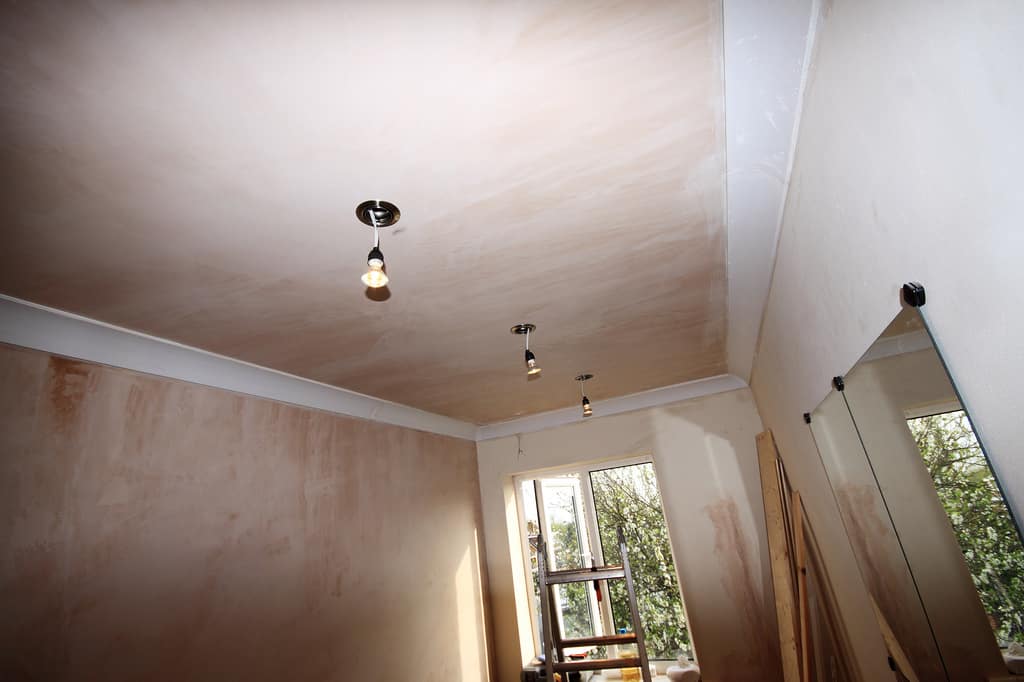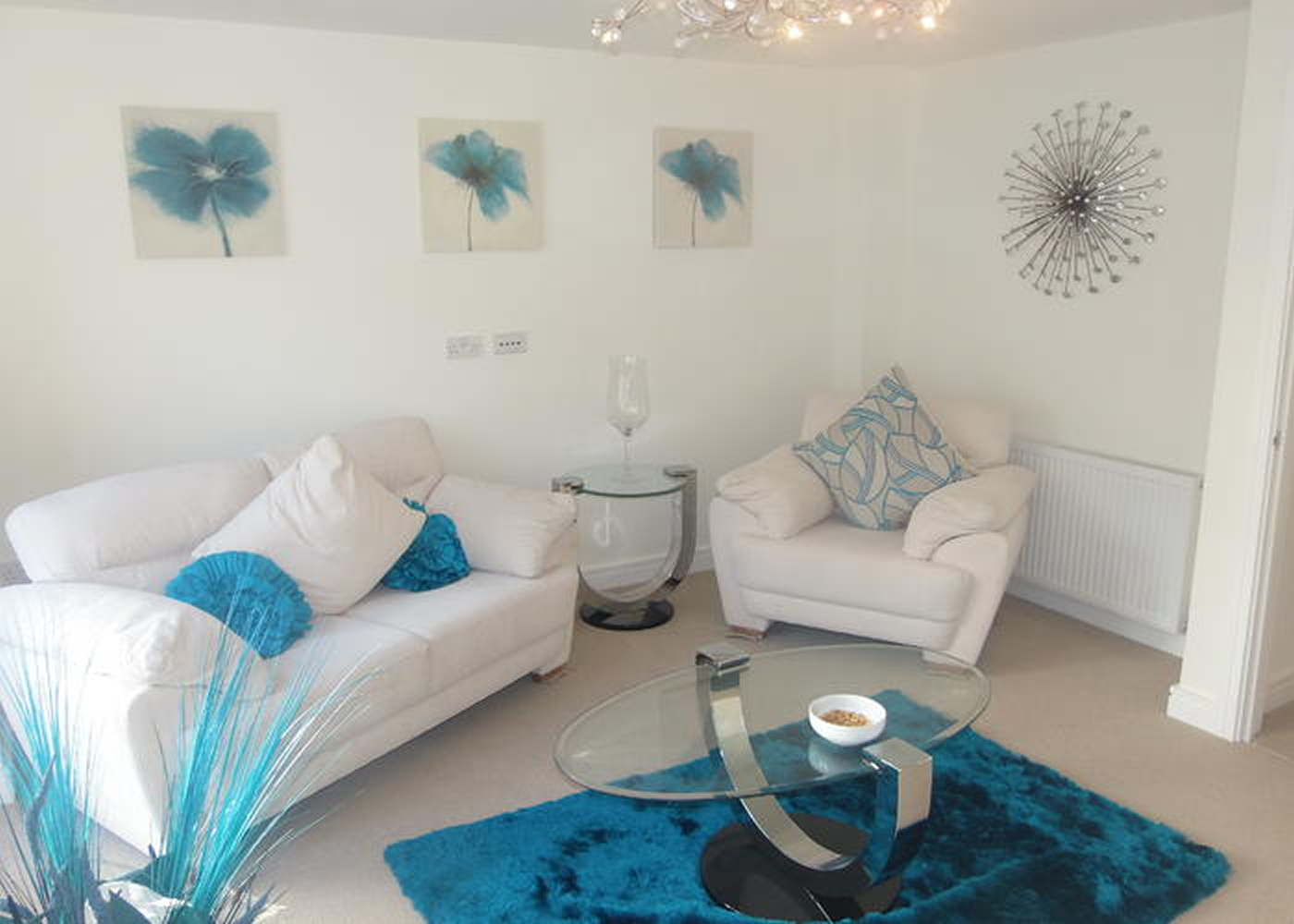

Lay down dust sheets, cover furniture and get your brushes together.

Make sure you’ve prepped the area properly. Next, apply your mist coat paint to your newly plastered wall. If you don't fancy watering down your paint you can also use Dulux Sealer for Plaster. All you need to do is get some white emulsion paint and thin it out with water – it’s that easy! Ten parts paint to one part water should work. Mist coat paint is simply watered-down emulsion paint, which acts as your primer. The common characteristics of plaster walls enable them to become strong and durable. Plastering is considered to be a commonly popular technique used in 20th-century homes. To sand the plaster walls properly, you will need to use coarse sandpaper.

So, the next course of action is to create your own mist coat paint. Sanding the plaster walls can also help you to paint them. Painting new plaster that’s completely dry can also leave you with uneven brush strokes.
PAINTING PLASTER WALLS CRACK
Top tip: If you don’t let the plaster dry and apply emulsion paint to wet plaster, it’s likely to crack and peel off.

You can speed things up with a heater or by opening a window. As a rule of thumb, plaster takes up to 4 weeks to dry completely. There are different factors that influence how soon can you paint on new plaster, such as the type of material and weather. That’s why, allowing it to dry out will help you achieve a more even finish.
PAINTING PLASTER WALLS HOW TO
How to paint new plaster? – 4 key steps to followįirst things first, let your plaster dry properly! Plaster is extremely permeable, which means it’ll soak up any moisture quick. The good news, you’ll find everything you need to know below. It requires more preparation – and patience! There are extra steps you need to take, including the application of a mist coat paint, before you can add a top coat of your chosen colour. It’s important to note that painting new plaster is different to painting an ordinary wall. It’s a decorating dilemma that many homeowners face when a room has been replastered or a new wall built in. If you’re wondering how to paint new plaster, you’re not alone. How and when should I apply mist coat paint? What’s the best paint for new plaster?Ī.
PAINTING PLASTER WALLS PROFESSIONAL
I’m painting new plaster and want to achieve a professional finish. This will also save me time having to apply so many coats of the finished colour.Q. If my topcoat colour is dark, I’ll use a grey thinned matt emulsion to prime the bare plaster. *Hot tip* your first coat doesn’t need to be white. This will prevent your paint from peeling further down the line, and create the perfect base for additional coats. I thin the paint with water in order for it to penetrate the bare plaster and adhere correctly. If the paint says something like ‘use a primer for bare plaster’ it means that my chosen top coat is not suitable for thinning, and I need to buy an acrylic primer to use as a base. Though the latter is most unlikely for wall paints. If it says clean up in white spirit, I know I can thin it with that spirit. I know I can add water to thin that product. In the decorating industry, ‘Thinning’ means to dilute the paint by adding something to it. I must thin my paint according to the instructions on the tin. This is the most important aspect of painting bare plaster, it’s super easy, and hardly any homeowners do it, and it causes so many problems later down the line. I then wipe over any areas of bare plaster that I have sanded with a damp cloth to remove any loose dust particles and I’m ready paint. I do not want to add ‘being electrocuted’ to my bill. I do not touch or fill anything inside the box. This is the little house that is set back into the wall where all the wires are. I only fill up to the edge of the back box. To do this I make sure the electric is off, I gently scrape away the plaster to reveal the fitting plate, I then unscrew the screws enough to loosen the plate and fill behind it. When this happens, I need to gently excavate them and set them back to their original position. I often see sockets and switches covered in plaster, making them look like they have been sunk deeper into the wall. However more recently, some plasterers feel it is not within their jurisdiction to touch electrical fittings prior to plastering. I would opt to have a competent person to remove all the electrical fittings before the plasterer arrives, if not the plasterer may loosen them off, or tape round them to protect them. With a damp cloth, I clean the plaster off anywhere it should not be, such as on woodwork, or around window frames. Once I have checked over all the bare plaster, and the filler has surpassed its drying time, I whizz round again and sand the filler patches smooth. If there are cracks on the plaster, I don’t fill them until after the first coat of paint. Fillers that are flexible, like the ones that are like a light and fluffy mouse, are not really suitable at this stage. I use a gypsum-based filler on the holes as I want my filled patches to remain a similar texture to the bare plaster itself.


 0 kommentar(er)
0 kommentar(er)
